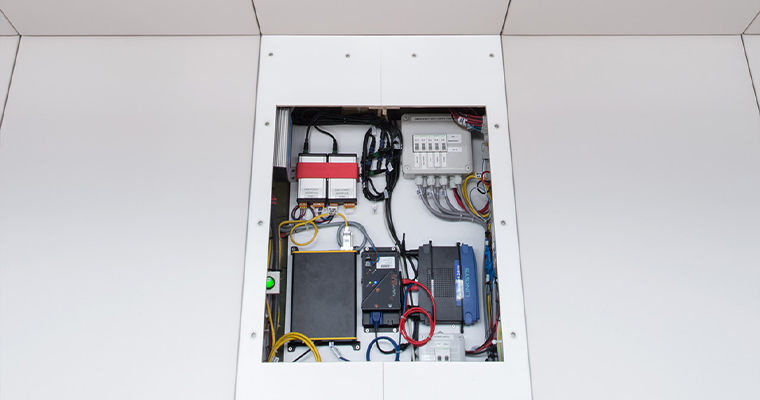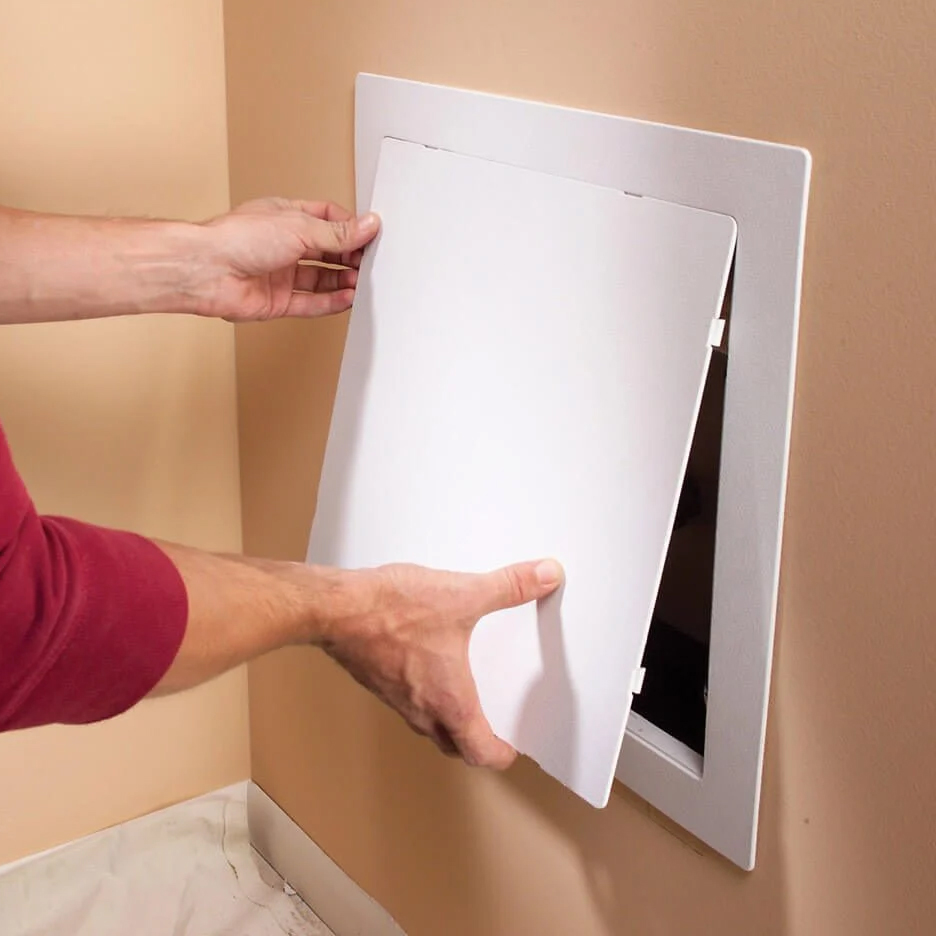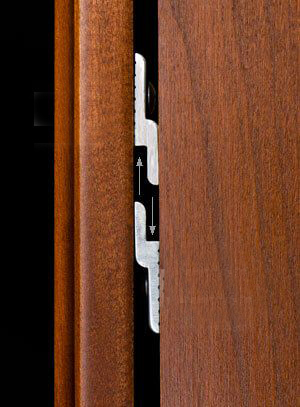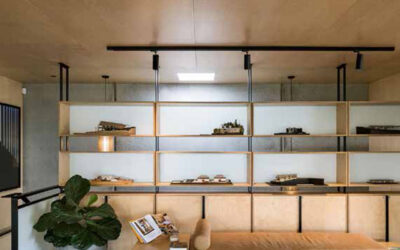Common Requirements for Access Panels

Installation Methods
Many potential ways exist to create an access panel in a wall. Think about the panel’s material, weight, how frequently you’ll need access, and the desired interior finish. Whether it is an off-the-shelf product or an integrated custom solution you want here are the main options:
Visible Solutions
Off-the-shelf access panels are pre-manufactured and readily available for purchase. These panels come in standard sizes and designs, providing a convenient and quick solution for various applications.
Screws provide the most simple and widely used method of attaching an access panel to the wall. Screws, often in pre-drilled holes, secure the access panel in place. Removal and reinstallation can be time-consuming and holes may loosen with repeated refit.
Off-the-shelf panels with built-in spring-loaded systems or magnetic closures integrate into the wall. Both these methods are only suitable for lightweight access panels.

Concealed fixings
For architecturally-designed spaces, the best solution for creating a removable access panel is to custom mount a panel. This customized approach ensures seamless integration with the surrounding interior finishes, meeting both functional and aesthetic requirements. A complete wall, or the entire interior may utilize the selected panel and fixing method for the best result.
Here are some methods to consider:
French Cleats or Split Battens
French cleats, or split battens and are a popular way to hang wall panels. A French cleat consists of two interlocking pieces – one secured to the wall and the other to the panel. The angled design of the cleat allows for a strong and stable connection. This method distributes the weight evenly and prevents the panel from tilting or falling.
This wall panel fixing method is common for larger access panels. It requires that there is additional space above or beside the panel to lift it into position. In addition, if the panel you need access to is at the bottom, you will need to remove all the panels above it first.

Z Clips
Z clips, also known as Z bars, are metal clips shaped like a letter “Z” that securely fasten to the wall and panel. They are ideal to support heavy weights while maintaining a clean, professional finish. Similar to French cleats, lifting the panel over the fitting is necessary when using them. This makes them less suitable for access panels at the bottom of walls because the panels above can block them in.

Fastmount Clips
Fastmount offers specialized clips designed for mounting wall panels which are ideal for securing a hidden access panels. Male and female components clip together making it easy to remove and refit the panels. These durable hidden panel fixings have a low profile and provide different load bearing capabilities. You can remove panels in any order since they clip directly into the wall.

Conclusion
Deciding between ready-made options or customizing access panels for interiors depends on meeting functional needs and design requirements. The different installation methods, whether visible solutions or concealed fixings, highlights the variety available to meet your needs. Choosing tailored solutions will enhance the overall look of your project while maintaining ease of use.



